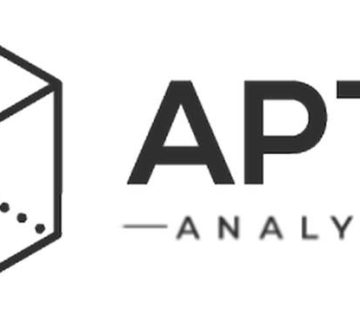Tether, the world’s largest stablecoin issuer, released an assurance report on Monday covering its financials as of June 30.
The Q2 attestation showed that the issuer now holds over $3.3 billion in excess reserves to back its USDT tokens.
Tether’s Massive Surplus
As explained by Tether in an accompanying blog post, the issuer’s excess reserves stem from the profits generated by its existing reserves. These profits are not distributed to shareholders and are instead solely used as insurance to back its tokens.
USDT is designed to maintain parity with the U.S. dollar and is always convertible 1:1 for dollars within the company’s reserves.
“Tether is again demonstrating its commitment to transparency by disclosing its direct, indirect exposure (via Money Market Funds) to US Treasury bills as well as the Treasuries collateralizing the Overnight Repo,” the company stated. “By aggregating them together, the amount of Treasuries backing Tether’s stablecoins is about $72.5B.”
Tether generated $1.5 billion in net profit in Q1, followed by over $1 billion between April and June. From its Q2 profit, $115 million was spent on share buybacks, while the remainder went toward the company’s excess reserves.
Tether’s consolidated total assets amounted to $86.5 billion as of June 30, versus $83.2 billion in liabilities, of which $83.17 billion “relate to digital tokens issued.” This leaves Tether with a near 4% surplus, combatting previous criticisms that the firm’s reserves once drew dangerously close to leaving it insolvent.
According to Tether CTO Paolo Ardoino, Tether wants its reliable reserves to act as a “counterbalance” to recent bank failures, caused by fractional reserve lending and duration mismatches.
Any Bitcoin?
In Q1, Tether disclosed that 2% of
Go to Source to See Full Article
Author: Andrew Throuvalas





